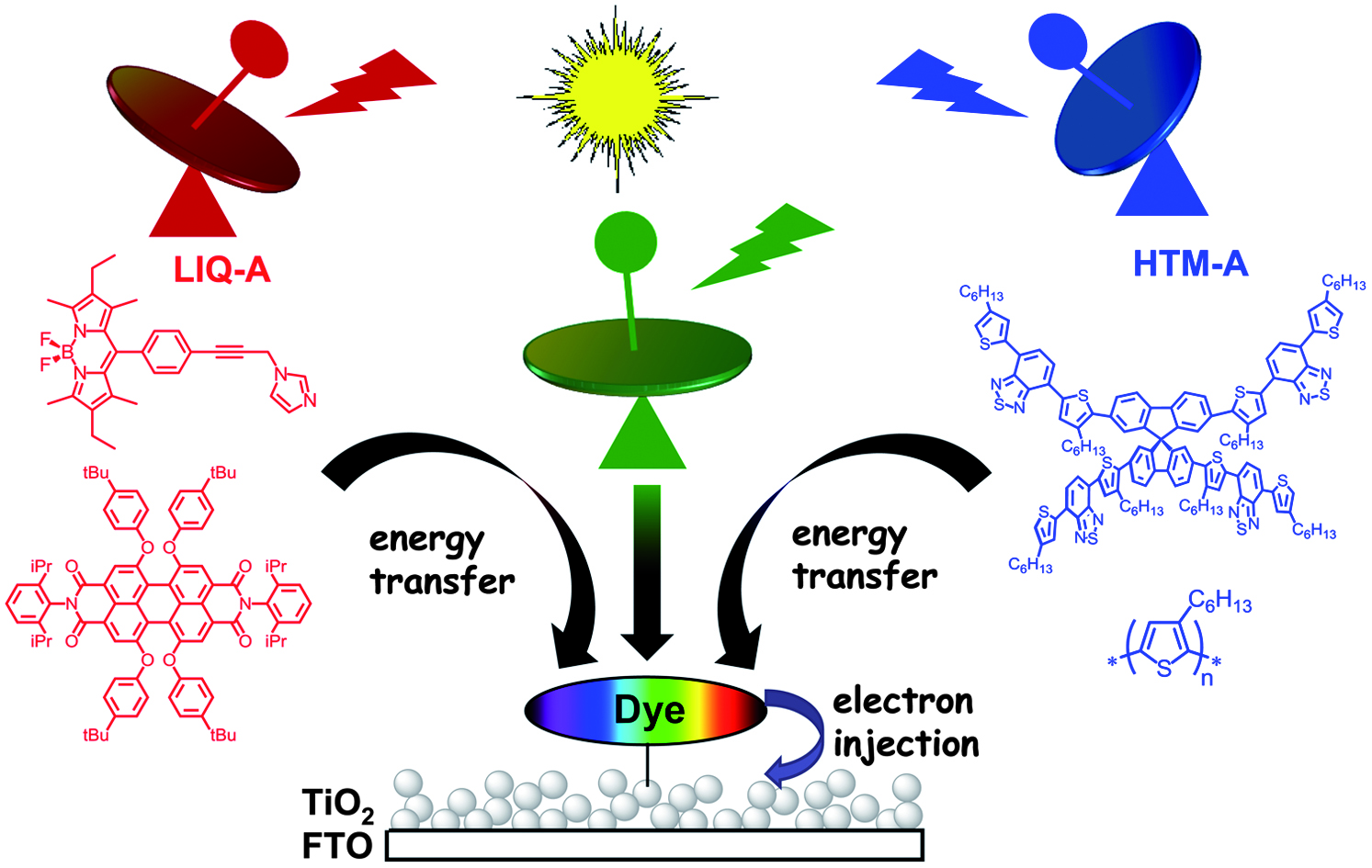The World Energy Council has officially launched the “Tomorrow’s Energy Prize”, a US$60,000 competition to recognise the most outstanding papers submitted to the World Energy Congress, which takes place in Daegu, Korea, from 13 to 17 October 2013.
Submissions are invited from global experts in their respective fields. The prize covers six categories under the World Energy Congress’ 2013 theme: “Securing Tomorrow’s Energy Today”. The Daegu 2013 Organizing Committee encourages authors to provide their insights on a topic relating to any one of the World Energy Council’s six main activity areas:
- Exploring World Energy Scenarios
- Surveying World Energy Resources and Technologies
- Assessing the Energy Trilemma: The trade-offs between energy security, social equity and environmental impact
- Improving Energy Access: the food, energy and water connection
- Promoting Energy and Urban Innovation
- Shaping Global Energy Frameworks and Governance
The winning paper in each category will receive US$10,000.
The deadline for submissions is 31 March.
Further information for potential authors can be found at the official Congress website www.daegu2013.kr. Direct enquiries can be made to Ms Charlotte Connick at connick@worldenergy.org or to Mr Yonghyuk Choi at yong@daegu2013.kr.











